Cross-posted from Idrottsforum
http://idrottsforum.org/alepet_scott160226/
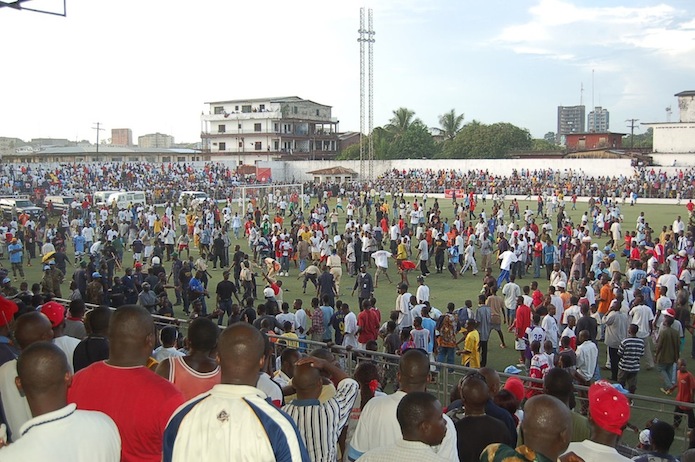
Football is Coming Home is pleased to welcome Pelle Kvalsund for a new series on the field of sport development. How can we develop regular long-term sport opportunities for a youth population that is predicted to double in the next thirty years? How do we ensure that the services produced for these athletes are of quality and value so that we can retain both athletes and coaches? This first post outlines some of the main institutional and economic challenges.
By Pelle Kvalsund
Pelle Kvalsund, international sport development consultant, is a former athlete, coach, and physical education teacher from Norway. As a consultant for over 15 years, he has worked in many countries including Vietnam, Sri Lanka, Burundi, Zambia, and Bosnia. Pelle has served a number of international organizations, both within sport and the area of community development, and is currently an advisor for the Norwegian Olympic and Paralympic Committee and Confederation of Sport and their partners in the global south. He is the author of “Sport as a Response to Emergencies and Disasters” in Sport, Peace and Development, edited by Keith Gilbert and Will Bennett (free download here).
I’m at the National Stadium in Monrovia, Liberia, in 2007, watching a women’s international football match between the host nation and Nigeria. The stadium is jam-packed with fans and UN peacekeepers. It ends 1-1. A fair result from my perspective as a neutral observer, but not for the home fans. A riot breaks out. The crowd storms the pitch and the UN peacekeepers fire teargas to save the unfortunate referee from the mob.
There is a lot to be said about this rowdy incident, but above all else it illustrates the extraordinary popularity of football and the social importance of sport, particularly in sub-Saharan Africa and other parts of the world where resources are scarce and life is generally challenging and unstable.
And it is precisely sport’s cultural significance that provides those of us working in sport development with a foundation on which to build sport programs that offer positive activities and outlets for many children and youth.
Let me start by doing something that I hate doing, but have become quite good at: identifying a stereotype. I do this to present a general image of the field of sport development in the Global South (though it applies to parts of global north too).
Such a country boasts a Ministry of Sport, which is paired with the Ministry of Youth or the Ministry of Education. The department of sport is of very high personal and political interest within government circles due to the widespread popularity of sports in society (particularly football), but the same interest is not reflected in the budget allocations. Most of the sport budget is used to pay the government employees (directly and by extension) and to maintain their status. Some of the money pays for upkeep of facilities and the participation of national teams in international competitions. Most of the remaining funds find their way to the national football association, while only a symbolic sum goes to athletics, basketball, volleyball, and other sports with athletes capable of winning a medal for the country on the global stage.
Administratively, the country has a national sport council or commission (the extension mentioned above) mandated to roll out government policies, distribute government funds, provide logistical support for major competitions, and govern and support the associations. A national Olympic committee bring selected athletes to the Olympic Games every four years. In addition, it has the financial ability to support elite athlete development and organizational capacity building through a central program called Olympic Solidarity.
Each sport also has a national association that generally consists of an “elected” board and president, and a general secretary. The president makes the important decisions and the general secretary does the work. There is no office. The association’s documentary records are tucked away in a briefcase or (if lucky) in the general secretary’s laptop. The associations run their operations according to a calendar of events.
There is no long-term plan, just day-to-day survival. Money is impossibly scarce and there is neither sufficient equipment nor adequate facilities. Instead of a youth development plan, potential athletes are recruited from a few well-endowed schools that host inter-scholastic sport competitions once or twice a year. In the case of football, private academies and sport and development NGOs of varying size and quality also train young boys. (Girls are rarely included in these programs.)
This stereotype of how sport is organized and run in a country of the Global South should help to better understand the stark challenges before us and how they shape the multiple and diverse attempts and approaches used to develop sport in poorer regions of the world. In the blog posts that follow, I intend to share reflections based on my experiences in Africa and beyond to spark a dialogue with readers about the differences between “Sport Development” and “Sport For Development” and why these matter. I look forward to the conversation.
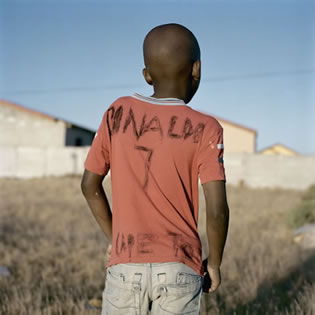
African national teams in the 2014 World Cup will rely overwhelmingly on Europe-based players. Here are the exact numbers according to the preliminary lists recently released by FIFA:
Cameroon: 26 out of 28
Ivory Coast: 26 out of 28
Nigeria: 25 out of 30
Ghana: 25 out of 26
Algeria: 25 out of 30
The data reveal that nearly nine out of ten Africans likely to be in Brazil next month play for European clubs. 127 out of 142 players, or 89.4 percent, to be exact. Just over half (52.1 percent) of these players come from Big 5 leagues (England, Spain, Italy, Germany, Spain).
Four years ago, the percentage of Europe-based players in the final 23-man squads of the six African nations was around 80 percent (click here for data). This lower figure stemmed largely from South Africa’s use of players from its domestic Premier Soccer League, ranked among the Top 10 richest leagues in the world.
The 2014 numbers also reveal that nine of the fifteen Africa-based players on the preliminary lists are goalkeepers. In other words, a minuscule 0.42 percent of “outfield” players are on the books of African clubs.
The export of talent from Africa to Europe, as the academic research demonstrates, has produced winners and losers. In strictly economic terms, benefits accrue to individual players who make it into European football, as well as to African coaches, scouts, and other local stakeholders in this global commodity chain. But in the end the lion’s share of the financial rewards in this relationship go to European clubs and leagues, usually at the expense of the sustainability and quality of domestic leagues and clubs in Africa.
***
Addendum (4pm ET, May 23, 2014)
In response to @TonyKaron’s comment on Facebook about the similarities of Africa with Latin America, here are the numbers for foreign-based players on South American team lists:
Brazil: 19/23 (18 Europe, 1 Canada)
Chile: 19/26 (15 in Europe, 3 Brazil, 1 Mexico)
Colombia: 24/27 (18 Europe, 2 Mexico, 3 Argentina, 1 Brazil)
Uruguay: 24/25 (16 Europe, 1 Japan, 4 Brazil, 1 Argentina, 1 Paraguay, 1 Mexico)
Ecuador: 17/30 (5 Europe, 7 Mexico, 1 Colombia, 1 Brazil, 1 USA, 1 Saudi Arabia, 1 UAE)
Argentina: 22/26 (20 Europe, 1 Brazil, 1 Mexico)
Total: 125/157 (79.6 percent)
I also ran the Asia numbers:
Australia: 22/30 (17 Europe, 1 USA, 1 Japan, 1 S. Korea, 1 China, 1 Qatar)
Japan: 12/23 (all in Europe)
Iran: 10/30 (7 Europe, 1 Qatar, 1 Canada, 1 Kuwait)
South Korea: 17/23 (9 Europe, 4 Japan, 3 China, 1 Saudi Arabia)
Total: 61/106 (57.5 percent)
This is my video blog contribution to the Football Scholars Forum roundtable taking place on Saturday, April 12, 2014, at the global fútbological conclave known as the Soccer as the Beautiful Game conference at Hofstra University in New York.
These pre-conference blog posts are intended to launch the discussion about points of overlap and tension in the soccer writing of journalists and academics. Roundtable participants will share their insights on sources and methodologies, topics, audience, market logic vs. academic logic, and the role of digital tools in writing and dissemination.
The rest of the roundtable team is composed of Simon Kuper (Financial Times), Brenda Elsey (historian, Hofstra U.) Alex Galarza (Michigan State U.), John Foot (U. Bristol), and Grant Wahl (Sports Illustrated). To read their posts visit: http://footballscholars.org
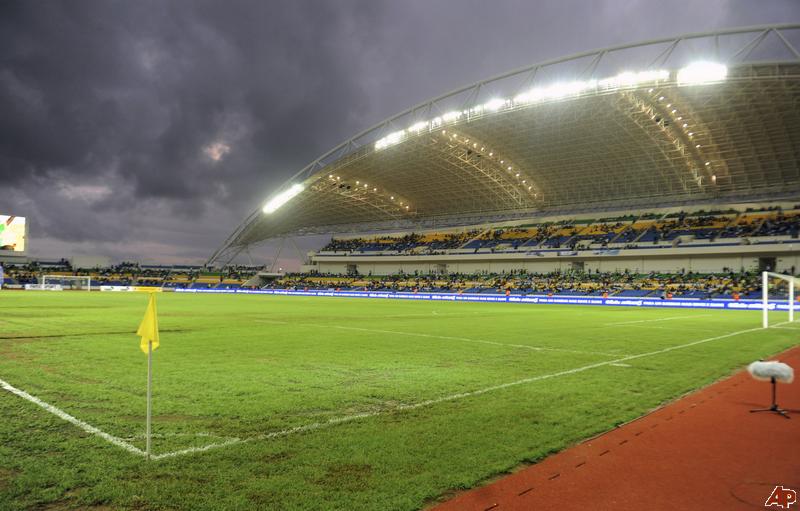
Guest Post by Andrew Guest (drewguest AT hotmail DOT com)
It’s that time again; the biennial opportunity for Africa’s best national teams to compete for the continental championship, and European club management to complain about the audacity of former colonies holding a tournament smack in the middle of the league season — extracting labor in a reverse flow that might promote some useful self-reflection, if not for the blinders fused on most of the professional football world.
It always good fun to watch the machinations, even from a distance — the actual football starts January 21 in Bata, Equatorial Guinea, and ends with the final on February 12 in Libreville, the capital of co-host Gabon. As in 2010 in Angola, most of us will be watching from a distance: the oil-rich states that CAF has recently favored in its hosting decisions are note easy places to get to.
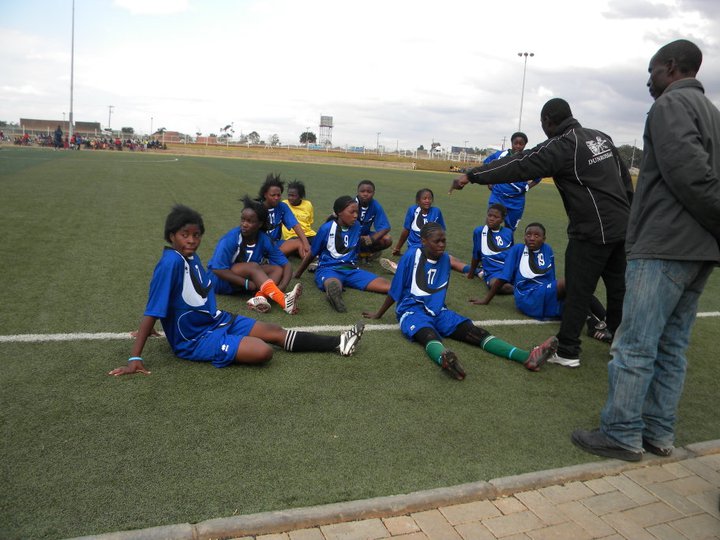
Photo: Breakthrough Chiparamba girls football team, 20 July, 2011, Olympic Youth Development Center, Lusaka, Zambia. Courtesy of Hikabwa Chipande.
Training and Developing Coaches in Southern Africa: Licensing and Administration
Guest Post by Hikabwa Decius Chipande (@HikabwaChipande)
Football is the most popular sport in southern Africa but there are few qualified coaches at all levels. Prior to 2010 most top league clubs in southern Africa were coached by people without even a basic qualification.
One major problem is that Southern African countries have a haphazard approach to coach education. What had been happening until recently was that any person could come to the region, conduct a coaching course for a few days, and declare the participants as coaches with questionable certificates of limited value. It has been, therefore, very difficult to know the actual capabilities of local coaches and their qualifications because there had been no set benchmarks. South Africa is an exception in that it has the South African Qualification Authority (SAQA), although its effectiveness remains debatable.
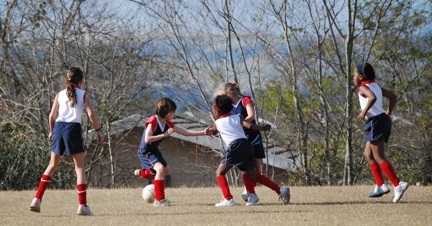
Remember ‘Feel it! It is here!’ and similar emotional tugs on our football-loving hearts and souls during the 2010 World Cup? A few weeks later, the country is due to host the CAF African Women’s Championship and the silence is deafening.
Media, the South African FA, government and the private sector are back to their usual ways, ignoring everything but the money-spinning elite men’s game. The most recent evidence of the continuing low status of the women’s game in South Africa (and Africa) is that the venues for the African Women’s Championship in October have yet to be decided.
After the World Cup, we are back to reality. Maladministration, commercial disinterest, and male condescension continue to hold African women’s football back. The more things change, the more they stay the same.